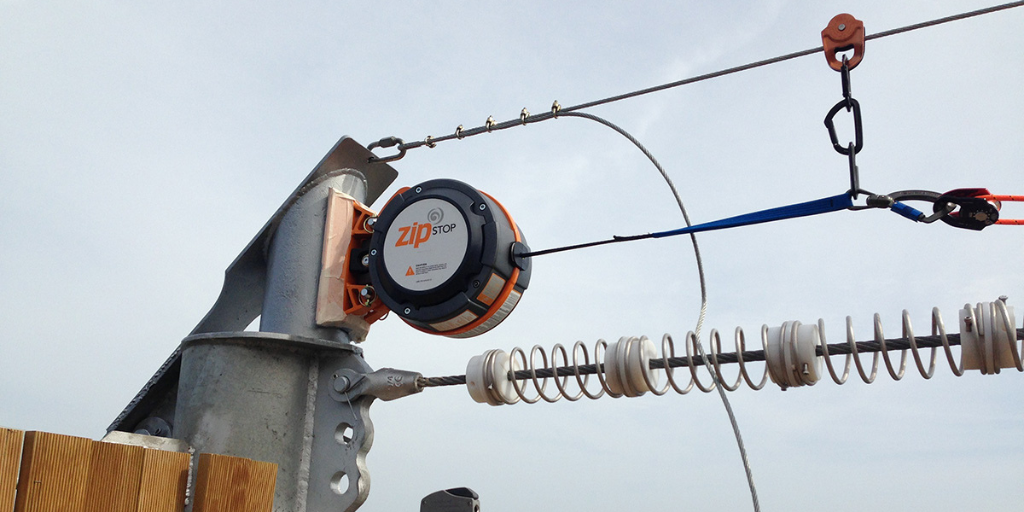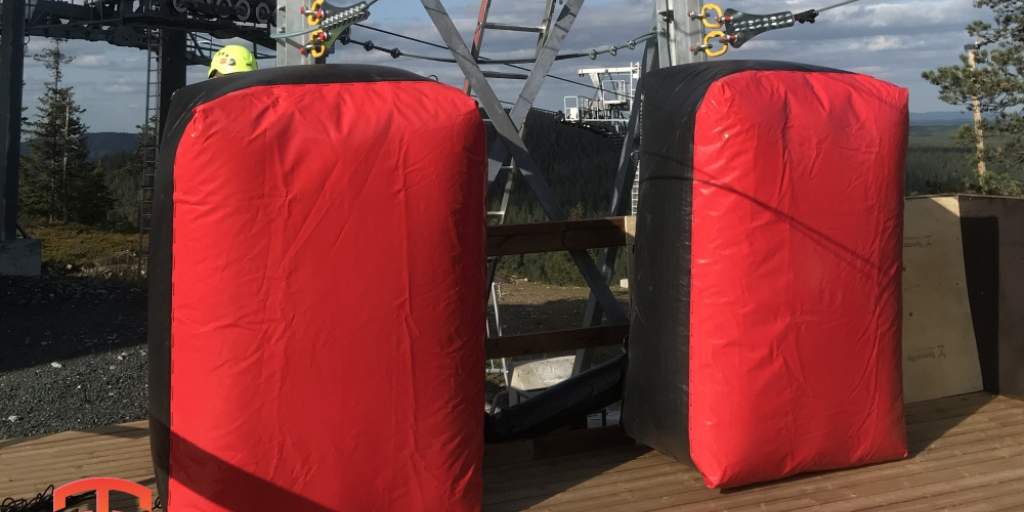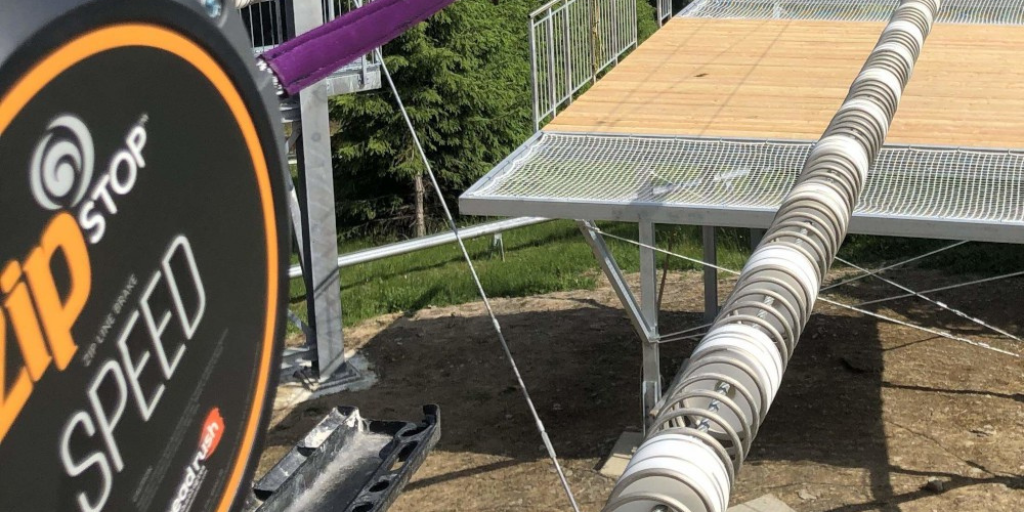As safety continues to be a top priority in zipline adventures, zipline operators are always on the lookout for the latest safety technology to incorporate into their operations. One such technology that has gained increasing popularity is the Zipline Emergency Arrest Device (EAD). In this article, we'll explore the intricacies of EADs, how they work, their benefits, and why they are essential for zipline safety.
What is a Zipline Emergency Arrest Device (EAD)?
A Zipline Emergency Arrest Device (EAD) is a safety system designed to prevent a zipline rider from hitting an object or the ground in the event of a catastrophic failure of the primary zipline system. EADs typically consist of a braking mechanism that engages when triggered, and a cable or other device that is used to stop the rider.
How do Zipline Emergency Arrest Devices (EADs) work?
Zipline Emergency Arrest Devices (EADs) work by using a combination of physics and mechanical engineering. When the primary zipline system fails, the EAD is triggered, and the braking mechanism engages, bringing the rider to a safe stop. The exact mechanism of EADs varies, but many EADs use a friction-based braking system that relies on the rider's weight and the angle of the cable to slow the rider down.

What are the benefits of using Zipline Emergency Arrest Devices (EADs)?
The benefits of using Zipline Emergency Arrest Devices (EADs) are numerous. First and foremost, EADs provide an extra layer of safety for zipline riders. In the event of a catastrophic failure of the primary zipline system, the EAD can prevent the rider from hitting an object or the ground, potentially saving their life.
In addition to safety, EADs can also improve the overall experience of zipline riders. Knowing that there is an EAD in place can give riders peace of mind, allowing them to focus on the thrill of the ride without worrying about potential safety risks.
Why are Zipline Emergency Arrest Devices (EADs) essential for zipline safety?
Zipline Emergency Arrest Devices (EADs) are essential for zipline safety because they provide an extra layer of protection for riders in the event of a catastrophic failure of the primary zipline system. Without an EAD, riders would be at risk of hitting an object or the ground, potentially resulting in serious injury or death. Furthermore, the use of EADs is becoming increasingly necessary for zipline operators to comply with safety regulations. Many regulatory bodies now require the use of EADs as part of their safety standards, and failure to comply with these standards can result in fines or other penalties.
Zipline operators have a legal and moral obligation to ensure the safety of their customers. Incorporating an EAD into a zipline operation can help operators fulfill this obligation by providing an extra layer of protection for riders. This not only protects the rider but also helps to mitigate legal and reputational risks associated with accidents.
Furthermore, the installation of EADs can help attract new customers to a zipline operation. With an increasing number of people seeking adventure activities, the use of EADs demonstrates a commitment to safety and can help differentiate a zipline operation from competitors.

Get in touch to discuss your Zipline Safety
Zipline Emergency Arrest Devices (EADs) are an essential safety technology for zipline operators. By providing an extra layer of protection for riders, EADs can prevent serious injury or death in the event of a catastrophic failure of the primary zipline system. Furthermore, the use of EADs is becoming increasingly necessary to comply with safety regulations, making them a must-have for any zipline operation.
Planning a zipline installation? Need expert advice on zipline design?
Get started Today
Additional expert Information regarding Zipline technology
Interested to read more about Zipline technology and expert opinions?
- The Power of Zip Line Simulation Software
- Bi-Directional Zip Line Technology
- Zip Line Design: Components for a Complete System
- How a Zipline Feasibility Study Guarantees Success
- MAG Brake Trolley, the Magnetic Self-braking Zipline pulley
- Professional Zipline Engineering & Design services
- How to Launch a Zip Line Company
- The Science of Zipline Design and Engineering
- Zipline Mistakes You Don’t Know You’re Making
- Key elements: Zipline Design and Engineering
- Thinking of investing and operating a Zipline?
- Zipline Emergency Arrest Devices (EADs)
- The ZipCoaster - Fly through the air, dipping and twisting
- Pros and Cons of Different Zip Line Brakes
- Expert Tips for Zip Line Brake Installations
- Thinking of investing and operating a Zipline?
- Ingenious inventions. The curvy zip line













